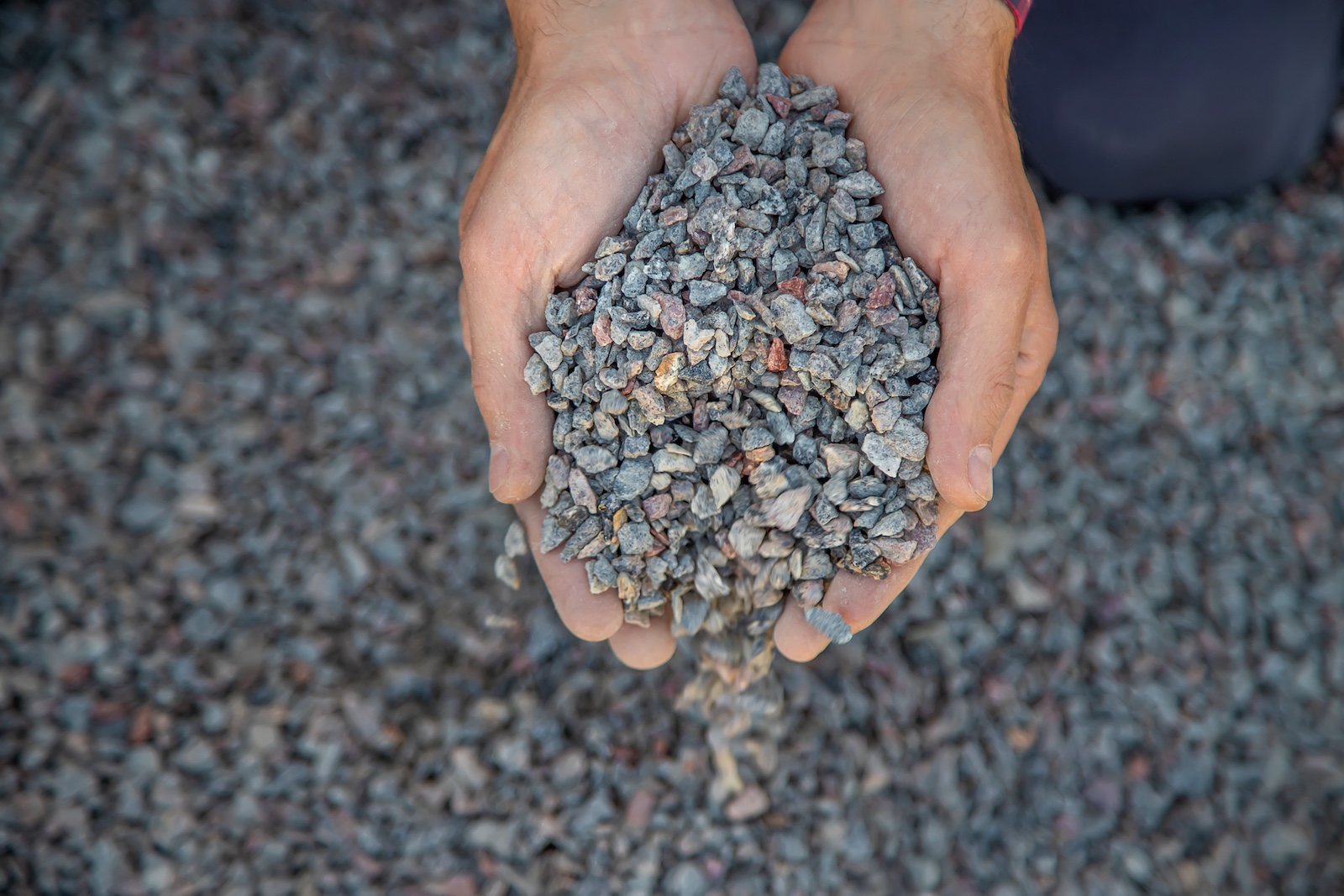When it comes to enhancing the curb appeal and functionality of your outdoor space, gravel is a versatile and cost-effective option for both walkways and driveways. However, not all gravel is created equal. Choosing the right type involves more than just picking what looks best—it requires considering durability, size, shape, and long-term maintenance. At Pantano Outdoor Supply, we’re here to guide you through the selection process to ensure your gravel walkway or driveway performs beautifully for years to come.
How to Choose the Best Gravel for Walkways and Driveways
1. Understand the Different Types of Gravel
Before making a decision, it’s essential to know the various types of gravel available:
-
Crushed Stone: Often used for driveways, crushed stone provides excellent drainage and compacts well. It’s available in multiple sizes and colors, making it both functional and attractive.
-
Pea Gravel: Small, rounded stones that are comfortable underfoot, making them a popular choice for walkways. However, because they don’t lock together like crushed stone, they may require edging to stay in place.
-
Jersey Shore Gravel: Known for its warm, beach-like appearance with yellow, tan, and white tones. Ideal for creating a relaxed, coastal look in your landscape.
-
Marble Chips: Bright white and elegant, marble chips reflect sunlight and add a touch of luxury, though they may not be the best for high-traffic driveways due to their tendency to scatter.
-
River Rock: Smooth and rounded, river rocks are great for decorative borders but are generally too large for walkways or driveways.
2. Choose the Right Gravel Size
Gravel size is crucial for stability and ease of use.
-
Walkways: For footpaths, smaller gravel like ¼” to ⅜” diameter is ideal. Pea gravel or finely crushed stone provides a comfortable walking surface while still offering good drainage.
-
Driveways: For driveways, a combination of larger base gravel (1” to 2.5”) topped with a finer gravel (¾” or smaller) creates a solid, stable surface that can handle vehicle traffic.
3. Consider Gravel Shape
The shape of the gravel affects how it compacts and stays in place.
-
Angular Gravel: Crushed stone has sharp edges that interlock well, reducing movement and creating a sturdy surface perfect for driveways and high-traffic walkways.
-
Rounded Gravel: Stones like pea gravel and river rock have smooth edges and are more likely to shift underfoot or under tire pressure. They are best used in decorative areas or where minimal traffic is expected.
4. Factor in Drainage and Climate
Proper drainage is essential for maintaining gravel surfaces, especially in areas that receive heavy rain or snow.
-
Drainage: Crushed stone promotes better drainage than rounded gravel. Using a well-draining gravel type prevents water from pooling and reduces the risk of erosion or potholes.
-
Climate: If you live in a region with frequent freeze-thaw cycles, choose gravel that compacts well and resists displacement. Larger, angular gravel tends to perform better in these conditions.
5. Don’t Forget Edging
Edging keeps your gravel contained and prevents it from spilling into unwanted areas.
-
Steel, Plastic, or Stone Edging: Durable materials like steel or stone provide a long-lasting barrier. Plastic edging is also an option for budget-friendly projects.
-
Natural Borders: In some designs, landscape timbers or plants can serve as natural edging solutions, blending functionality with aesthetic appeal.
6. Think About Maintenance
While gravel walkways and driveways are relatively low maintenance, they still require some upkeep:
-
Weed Control: Use landscape fabric beneath the gravel to reduce weed growth. Periodically inspect and pull any weeds that break through.
-
Raking and Refilling: Over time, gravel can shift or thin out in high-traffic areas. Raking and adding new gravel as needed will maintain an even surface.
-
Snow Removal: For driveways, be mindful when using snow plows or shovels, as aggressive scraping can displace gravel.
7. Match Gravel to Your Landscape Aesthetic
Gravel isn’t just functional—it’s also a design element.
-
Color Coordination: Choose gravel colors that complement your home’s exterior and landscape features. For example, warm-toned Jersey Shore gravel pairs well with tan or brown homes, while cool gray crushed stone suits modern, monochromatic exteriors.
-
Texture and Contrast: Mixing different gravel types or using contrasting materials (like pavers or flagstone) can create visual interest and define distinct areas in your yard.
8. Work with a Trusted Supplier
Finally, the most critical step is choosing a reliable supplier. At Pantano Outdoor Supply, we offer a wide range of high-quality gravel options, expert advice, and delivery services tailored to your project’s needs. Whether you’re refreshing a walkway or building a brand-new driveway, our team will help you select the right gravel and ensure you have everything you need for a successful installation.
Ready to Upgrade Your Walkway or Driveway?
Visit Pantano Outdoor Supply today or browse our selection online at pantanooutdoorsupply.com. Our team is here to help you find the perfect gravel and accessories to bring your outdoor vision to life!
